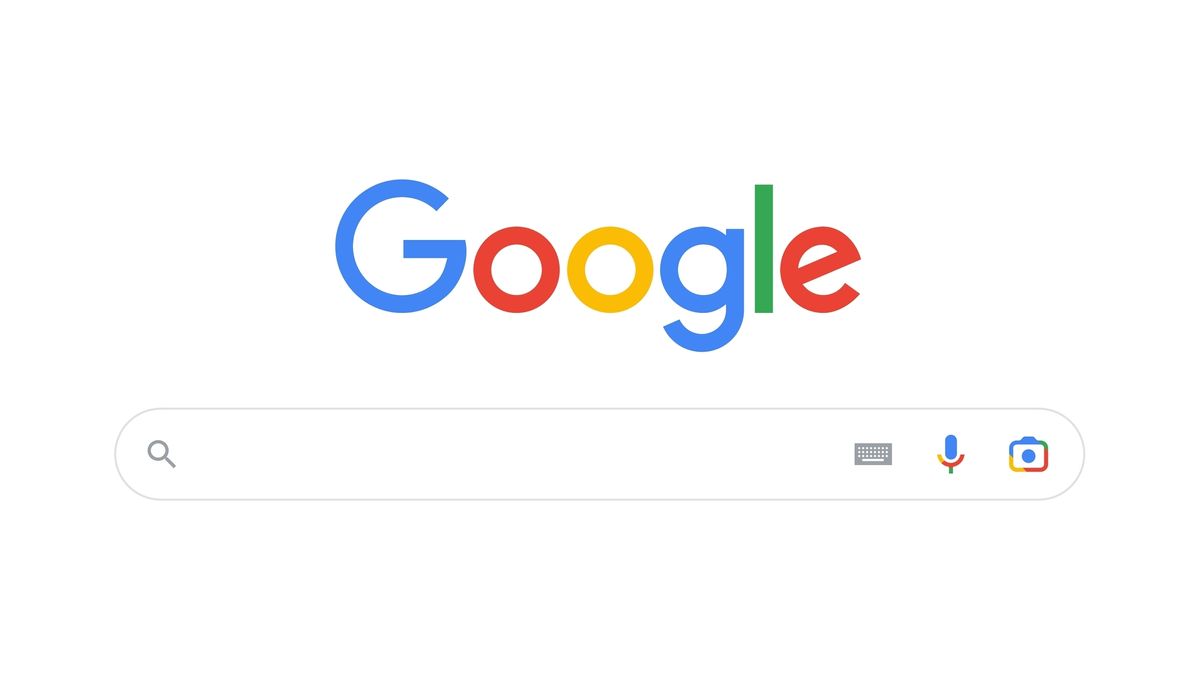![]() Today is a momentous day for the internet: Google is celebrating its 25th birthday. It’s hard to imagine life without this search engine, which processes billions of queries every day.
Today is a momentous day for the internet: Google is celebrating its 25th birthday. It’s hard to imagine life without this search engine, which processes billions of queries every day.
What made Google so revolutionary in terms of accessing information? And how will artificial intelligence (AI) impact its future?
Let’s take a journey through the decades to see how our access to information has evolved, and explore the potential future of Google Search as it becomes increasingly intertwined with advanced AI.

1950s: public libraries as community hubs
In the post-war years, successful cities were those that provided open access to information. Local libraries became the primary source of information in Western countries. Librarians acted as “human search engines,” answering queries and helping people find information quickly and accurately.
Libraries were more than just book repositories. They were places where parents sought health information, tourists requested travel tips, and businesses sought marketing advice.
However, this type of searching required the support of librarians and involved labor-intensive processes. Questions that can now be answered in minutes used to take hours, days, or even weeks.
1990s: the rise of paid search services
In the 1990s, libraries started offering online access to information services through personal computers. Commercial search companies thrived as libraries subscribed to expensive databases.
These systems were complex, and only trained specialists could navigate them. Users had to pay for search results. For example, Dialog, developed by Lockheed Martin, provided access to billions of records across various databases.
Another system, FT PROFILE, allowed access to articles from UK newspapers. However, searching was not user-friendly, requiring specific commands and manual scanning for relevant information.
While these services made valuable information accessible, they came at a high cost. Access to FT PROFILE, for instance, was £1.60 per minute in the 1990s.
The rise of Google
With the launch of the World Wide Web in 1993, the number of websites exploded. Libraries offered public web access, but the existing search systems struggled to handle the growing volume of content and users.
In 1994, the book “Managing Gig







